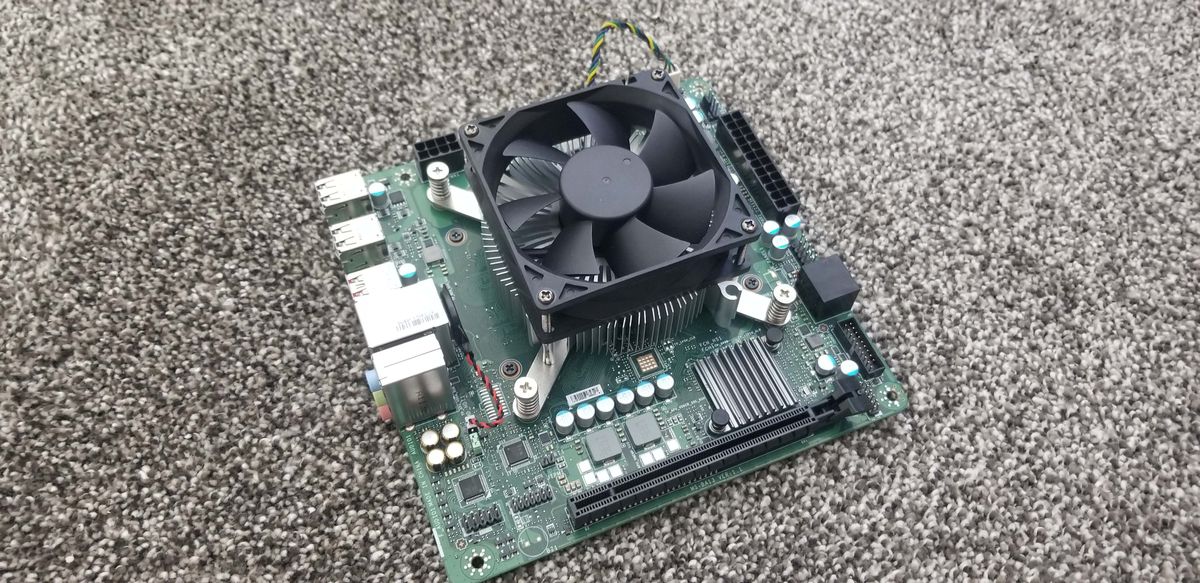I am perfectly aware that GDDR5 dedicated vRAM (first to have come with the Radeon HD 4870 in 2008) is greatly different from DDR5 system memory which has come out shortly onto the market.
I know my question may not be answered fully and entirely correctly, however, I would like to pose it nevertheless.
If we had a video card without dedicated memory which were to use 4 GB DDR5 memory from the system RAM and the exact same card, however, equipped with 4 GB GDDR5 dedicated memory of its own, which would outperform the other? And if anyone can provide more specific information, I would be glad to note it out.
This is a question which is hardly answerable, however, it is a wonderful expression of the vivid changes in the computer world and am sure has made exuberant more than a single mind.
All answers are greatly appreciated. Thank you!
I know my question may not be answered fully and entirely correctly, however, I would like to pose it nevertheless.
If we had a video card without dedicated memory which were to use 4 GB DDR5 memory from the system RAM and the exact same card, however, equipped with 4 GB GDDR5 dedicated memory of its own, which would outperform the other? And if anyone can provide more specific information, I would be glad to note it out.
This is a question which is hardly answerable, however, it is a wonderful expression of the vivid changes in the computer world and am sure has made exuberant more than a single mind.
All answers are greatly appreciated. Thank you!


